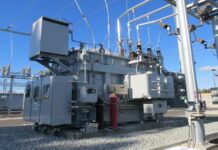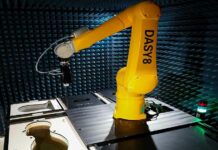As per insights, the use of robotics, particularly autonomous mobile robots (AMRs), in various industries could potentially decrease injuries and enhance safety. Despite ongoing efforts to reduce workplace injuries and fatalities, the overall fatality rates in the United States have remained relatively stagnant over the past thirty years. Nevertheless, the implementation of advanced technologies shows promise in addressing this issue.
Recent progress in data science and artificial intelligence has expanded the capabilities of robotic vehicles and arms. They not only enhance complex tasks with human workers but also eliminate the risks associated with hazardous machinery in many cases. These robots have various types, benefits, and drawbacks, and their implementation requires best practices. While manufacturing and high-volume production are suitable applications, other settings can also benefit from this technology.
● The use of wheeled Autonomous Mobile Robots (AMRs) can help reduce on-site hazards for human workers in the construction, mining, and logging industries, particularly during the inspection of confined spaces and industrial facilities.
- To mitigate the risk of human-machine collisions during the transportation of parts, goods, and materials, the implementation of sensors and computer vision in AMRs and automated guided vehicles is crucial.
- Robotic arms configured for precision cutting, welding, and handling of toxic, high-temperature, and explosive materials offer a valuable solution in industrial settings.
- Also, robotic arms and automated vehicles equipped with sensors and computer vision systems can effectively tend to machines, reposition parts, and manage manual processes.
Nevertheless, certain barriers, such as cost and ongoing maintenance, may hinder the adoption of these technologies, particularly for smaller operations. It is essential to tailor the technology to the specific work environment to meet unique safety requirements and ensure a satisfactory return on investment.
Although concerns about automation persist, focusing on safety in robotics could generate new job opportunities in engineering, maintenance, and programming. Taking a proactive approach is essential to address the effects of automation, such as implementing training and upskilling programs for displaced workers.
People often overestimate robots’ abilities and underestimate their own skills in automation. Automated vehicles typically aid in tasks and reduce human-machine interactions instead of fully replacing jobs. Considering employee needs is crucial when introducing automation and AI at work. Involving employees in significant technological changes can offer valuable insights and shape the future of work.




























